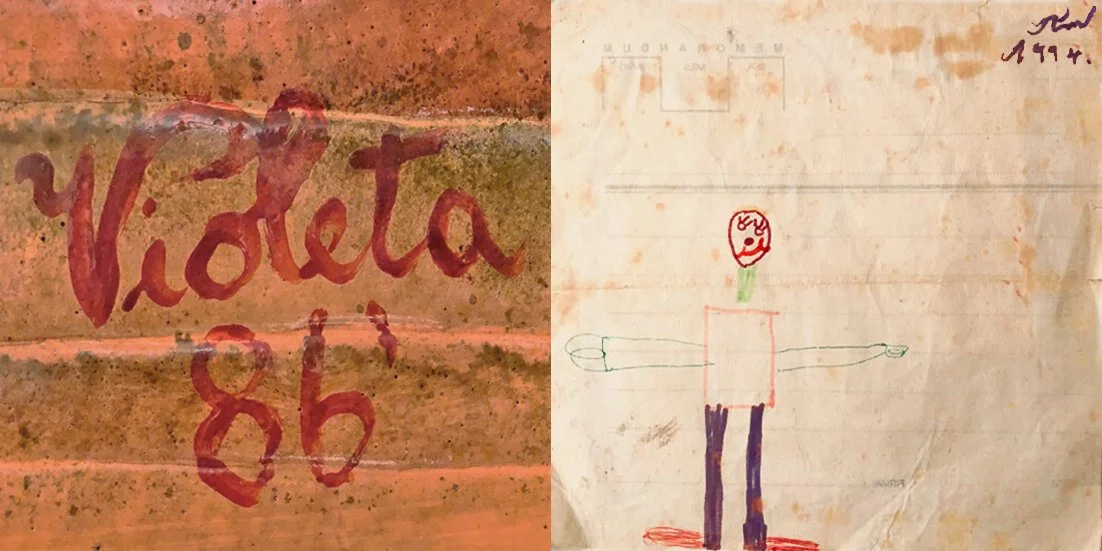Academia Bezalel de Artes y Diseño, Jerusalén. Diciembre de 2024.
Rochester Institute of Technology. New York. Abril 2022.
Letterform Archive, San Francisco. Noviembre 2021.
PJAIT, Varsovia. Mayo 2021.
University of Delaware, Delaware. Febrero 2021.
PJAIT, Varsovia. Diciembre 2020.
George Brown College, Toronto. Noviembre 2019.
Sheridan College, Toronto. Noviembre 2019.
Akademia Sztuk Pięknych, Lodz. Junio 2019.
Instituto de Estudios Ibéricos, Varsovia. Junio 2019.
PJAIT, Varsovia. Junio 2019.
WIT Szkoła Wyższa pod auspicjami pan, Varsovia. Junio 2019.
Uruguay Cartel, Colonia. Mayo 2019.
Centro Cultural de España, Montevideo. Diciembre 2018.
INJU, Montevideo. Julio 2018.
Cabildo de Montevideo, Montevideo. Setiembre 2018.
City College of New York, Nueva York. Mayo 2018.
Consulado del Uruguay en Nueva York, Nueva York. Abril 2018.
Mesa para la paz, Montevideo. Diciembre 2017.
INJU, Montevideo. Diciembre 2017.
Centro Socio Cultural de Young, Young. Setiembre 2017.
Casa Artigas, Sauce. Agosto 2017.



